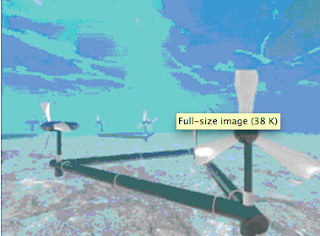Starting this blog I was very optimistic and in that perhaps short sighted in that I thought I would most definitely be able to find a solution to fix climate change through examining geo-engineering and renewable technologies. As my blog developed, my optimism slowly diminished and as the scale of the issue of climate change was further realised so too was the inability of technologies to scale up to provide a solution to climate change.
A number of other issues were also highlighted such as
- CDR methods addressed CO2 but not all emissions and as a result the threat of climate change was not fully resolved
- SRM methods in particular ignored the problem of CO2 in the atmosphere serving only to address and prevent incoming solar radiation
- a lack of research was often common in the technologies presented and as a result they were unable to be full implemented in the near future to begin addressing climate change
- a lack of research was also common in identifying all the possible side effects - be they small or large scale further preventing immediate implementation
- a large number risks associated with the various technologies have been highlighted ranging from environmental hazards, food security issues, economic issues and social hazards
- Vast amounts of space were often demanded by the technologies - more than what was available - and as a result the methods were limited in that space available was not enough for technologies to be able to mitigate climate change
- and finally vast amounts of investment were needed to implement many of the technologies and as a result they were not feasible options
If I were to decide between sustainable energy technologies vs geo-engineering technologies I think I would choose renewables over geo-engineering however there are a number of renewable technologies such as biogas production that simply cannot scale up to replace the use of fossil fuels and thus significantly address climate change. There are also some geo-engineering methods that deserve some merit and therefore I feel there are winner and losers in each category. In my opinion, future efforts to address climate change should focus on developing and refining those methods that are the most viable such as tidal technologies and offshore wind farms to name two of the most recent technologies covered in this blog. In addition to combining various strategies however I think there also needs to be a massive change in the way people consume as after all the planet is a finite resource and our excessive consumption is going to destruct it and as a result climate change needs to be addressed from all angles. The issue of climate change and the debates surrounding it need to be brought into the public sphere, scientific knowledge needs to develop the robustness of climate understandings and technologies to address this and international laws and policies need to be implemented to ensure the planet is prepared to adapt to change and capable of preventing further climate change and in this global emissions need to be heavily regulated so that global emissions are drastically reduced.








